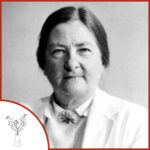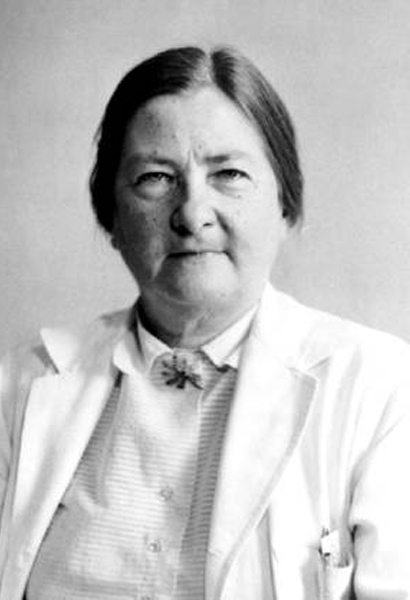

Birth: May 15, 1901
Death: March 3, 1963
Specialty: Medicine
Major Contributions:
Chief of pathology, Columbia-Presbyterian Hospital
Identified cystic fibrosis
Elizabeth Blackwell Award, 1954
As the first to recognize cystic fibrosis as a disease, Dr. Dorothy H. Andersen changed the lives of people with this condition.
Earning her medical degree at Johns Hopkins University School of Medicine in 1926, she completed a surgical internship and taught anatomy at the university level. After being denied a surgical residency due to her gender, she began working in the pathology department at Columbia University College of Physicians and Surgeons. While working as an instructor there she earned a Doctor of Medical Sciences in 1935.
The same year she became an assistant pathologist at Babies Hospital at the Columbia-Presbyterian Medical Center, where she became interested in malformations of the heart and began to collect hearts from infants born with cardiac defects. It was her knowledge of infant-cardiology that led to the doctors who were pioneering open-heart surgery to reach out to her for information and for help developing training programs for surgeons at various hospitals.
Being made the chief of pathology at Columbia-Presbyterian Hospital as well as a full professor at Columbia in 1958, her duties including performing autopsies. When she was conducting the autopsy on a child that had passed away it was thought the child had celiac disease, but Andersen noticed a lesion in the pancreas. Using an extensive search of autopsy records and medical literature, what she discovered was a clear disease pattern that had gone undetected – she called this cystic fibrosis.
CF is caused by a defective gene that causes mucus to build up in the lungs, pancreas and other organs. This mucus, when found in the lungs clogs the airways and traps bacteria leading to infections, lung damage and eventually respiratory failure. In the pancreases it prevents the release of digestive enzymes which allow the body to break down food and absorb nutrients. She and her team developed a test for CF, still in use today, which allows for early detection and treatment. This extends the predicted survival age of those with CF changing from a fatal disease in infants to a treatable disorder in adults.
For her contributions to the medical field, Andersen was inducted into the National Women’s Hall of Fame in 2002.
Written by Angela Goad
Sources:
National Women’s Hall of Fame: Dorothy H. Andersen
National Library of Medicine: Dr. Dorothy Hansine Andersen
Wikipedia: Dorothy Hansine Andersen
Cystic Fibrosis Foundation: About Cystic Fibrosis
See Also:
Columbia University Libraries: Dorothy H. Andersen papers, 1930-1966
